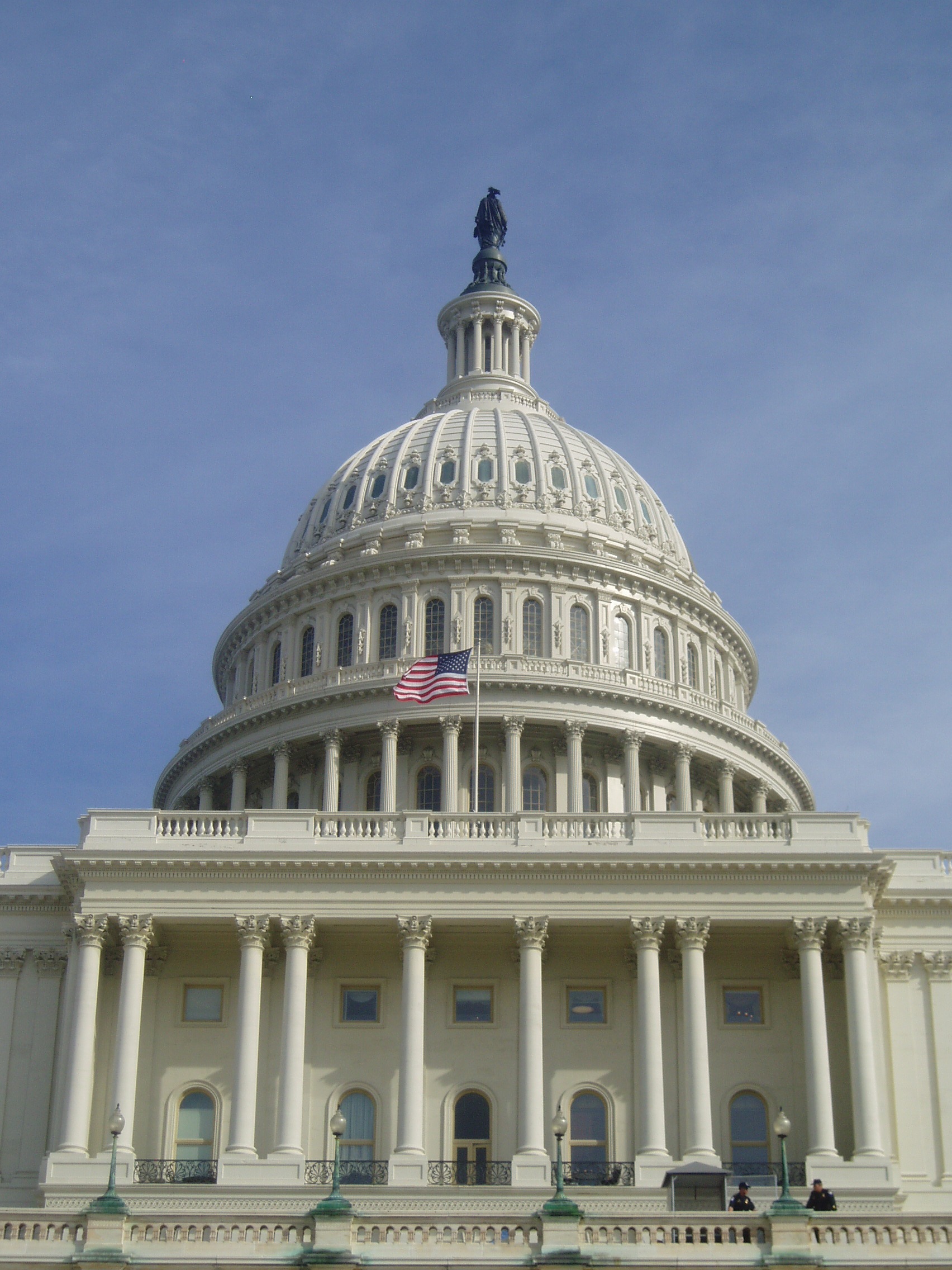January 15, 2015
Top Five Science Policy Issues in 2015
Posted by Nick Saab
Earlier this week, we took look at the top five science policy issues of 2014. Now comes the fun part – reading the tea leaves in search of what we think will be the top five science policy issues going forward. Some will be trends carried over from the year previous, and some will be entirely new.
![crystalball[1]](https://thebridge.agu.org/files/2015/01/crystalball1.jpg)
5. NSF and NASA Reauthorization
Both agencies have been without a reauthorization for several years, and stakeholders and champions have been eager to have what should be a relatively easy policy debate. With the fireworks surrounding the FIRST Act last year, and no sign that the atmosphere has changed allowing for constructive debate and passage, our prediction is that efforts to reauthorize NSF will materialize, but will face a very steep uphill battle.
As for NASA, the Senate Commerce, Science, and Transportation Committee released a bipartisan draft that piqued the interest of many organizations and policymakers. Its passage was doomed as a matter of circumstance; it was released in the heat of the midterm elections and FY15 appropriations negotiations, giving Congress little bandwidth to make a concerted effort at getting it to the president.
Our prediction for 2015? Members of Congress on both sides of the aisle will consider these two bills, but it’s a coin toss as to whether either actually goes anywhere.
4. Easy Wins
The National Earthquake Hazard Reduction and the National Windstorm Impact Reduction Acts are (in theory) easy pieces of legislation that have support on both sides of the aisle. Unfortunately, more than a five years have passed since these programs have been reauthorized, and many supporters of the legislation (AGU included) have been pushing for Congress to make them a priority.
Finally, it seems like favorable winds are blowing. Last week, the House passed the National Windstorm Impact Reduction Act of 2015 under “suspension of the rules”, a tactic that allows noncontroversial legislation to pass expediently and bypasses the lengthy committee process. Work can now begin on the bill in the Senate.
As for the earthquake hazards legislation, we are hearing rumors that the House may use the same procedure to get it passed. What’s unknown is the Senate’s appetite to take up the bill. One impetus for the Senate to consider the legislation is the upcoming retirement of Senator Barbara Boxer (D-CA), a champion of the legislation in the past given the high degree of seismic activity in California. AGU will work to move the bill over the finish line1.
3. 2016 Presidential Election
Can you believe that the beginning of the 2016 Presidential Election is already upon us? Neither can we. While we may be able to project legislative prospects Congress, when it comes to election politics, all bets are off.
That doesn’t mean we can’t be bold. We predict a lot of talk about the EPA and climate change given the president’s plans to regulate carbon emissions from power plants. Campaign issues surrounding climate change usually encourage candidates to take positions on other science issues as well. Republicans could well make a concerted effort to stave off the “anti-science” label they’ve garnered in recent years; we’re hearing the “I’m not a scientist” phrase that some Republicans have used recently to beg off discussing climate change has not been playing well with the public
2. Continued and Expanded Attacks on Science
At the beginning of every new Congress, the House of Representatives passes legislation that sets up its operating rules. Last week, the House passed rules that allow certain committee staff to force federal agencies to provide information under oath. Of the four committees granted this power, two of them are the Committee on Energy and Commerce and the Committee on Science, Space, and Technology. If you want to know where to look for big science policy battles, you’ve hit the jackpot.
2014 was not a good year for the National Science Foundation (see number five). Aside from the circus that surrounded the FIRST Act, the NSF was also heavily and unfairly scrutinized for awarding grants that were deemed wasteful. 2015 is already showing signs that the fight is far from over.
Perhaps the most intense battles will be fought in the Senate Environment and Public Works Committee, where Senator Jim Inhofe (R-OK), a passionate and determined climate change naysayer, has taken the gavel. He has already promised not only to hold hearings that will eviscerate the EPA, but to undo every executive action President Obama has taken on climate change. Expect major fireworks.
1. Resumption of Sequestration
Thanks to the Bipartisan Budget Act of 2013 (a result of the deal that ended the 2013 government shutdown) the federal government has been unburdened from sequestration for fiscal years 2014 and 2015. All that is set to end in FY16, when we will see mandated budget caps and indiscriminate cuts to federal science programs. FY 2015 appropriations totaled $1.014 trillion, and with sequestration in effect, FY 2016 spending will be capped at $1.015 trillion. It’s not technically a cut, but budgets will remain stagnant. Take into account projected inflation, and the situation isn’t so rosy.
All this is to say that, barring some ominous threat that forces a compromise (like another shutdown), expect to see sequestration resurrected. For more information, head over to this handy report issued by the Congressional Budget Office.
Eating Our Words
We obviously hope that our more dire predictions don’t come to bear. We’d like to see science treated more favorably, or, at the very least, critical legislation debated constructively. Nevertheless, we’ve got one more prediction that we’re pretty certain will come true: 2015 will be a wild year.

